Supreme Court Judge
The Sierra Club NYC stands with community opposition to the re-zoning of the Gowanus neighborhood. To make matters worse the re-zoning is being sold to the residents as providing affordable housing, relegating low-income New Yorkers to toxic danger. The dirty secret is that low-income families with limited options will be offered housing and a school on a highly toxic site that cannot be remediated by current federal, state and city efforts to clean up the Gowanus Canal Super Fund site and the upland areas. It is short sighted to try to rezone a mixed manufacturing/residential area for residential use rather than plan adaptive re-use for the existing buildings that can provide much needed jobs once the city re-opens.
It is of upmost importance that the Draft Environmental Impact Statement (DEIS) hearing have the widest possible participation by all that are and will be affected by the re-zoning. The case before the court is to decide if an on- line hearing, as part of the Uniform Land Use Review Procedure (ULURP), will be adequate to ensure wide participation by the existing businesses and the general public It is clear that this will not be the case. Wifi is not available to everyone. The City has promulgated no plan to extend internet connectivity to those who lack it, and no plan to provide alternate options ( eg call-in without internet) to those with device issues. The Gowanus Houses part of NYCHA is a few blocks from the Gowanus Canal and will be affected by the re-zoning. It is well known that public housing developments have spotty if any Wifi access. Similarly, many senior citizens in the surrounding area have difficulty managing high tech on-line services such as Webinars and Zoom; others cannot afford expensive online connections. There is no urgency. The City is slowly re-opening, residents should have the option to testify in a public hearing while others can use an on-line option if they so desire.
The Gowanus area has numerous environmental problems: When it rains, raw sewage overflows into the Canal. Heavy rains result in flooded streets and basements. The remedy – two giant retention tanks to hold the sewage until the rain stops, will not be ready until 2032. It defies logic to propose residential housing before it is known if the remediation works. Mr. Christos Tsiamis, Senior Project Manager of the Superfund remediation projected a potential elevenfold increase in Combined Sewer Overflow (CSOs) events due to the up-zoning.
Public Place, the site where the development will be constructed, is particularly toxic with underground plumes of tar and other hazardous compounds that are volatile when they bubble up to the surface. Mr. Tsiamis noted: “If you put a structure like a school or a building, those compounds that 8, 10 ,15 feet down, they will volatilize. It might be in five years, it might be in 10 years, they will find a path and they will come inside the enclosed structure and they will build up.”
The proposed development amounts to nothing more than the City intentionally putting people at risk, setting young children up for severe health issues in years to come. Let's not create another Love Canal here in Brooklyn.
Thank you for your consideration.
Catherine Skopic, Chair
Sierra Club NYC Group










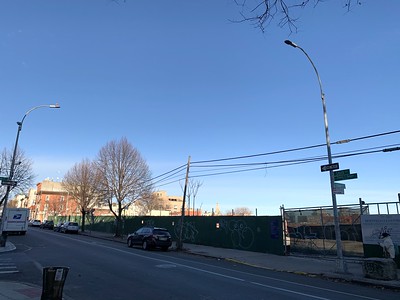

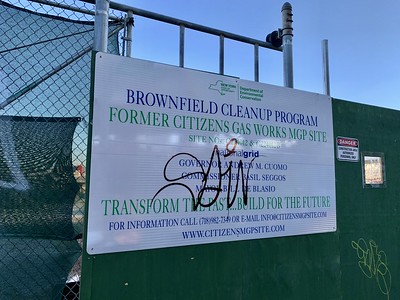









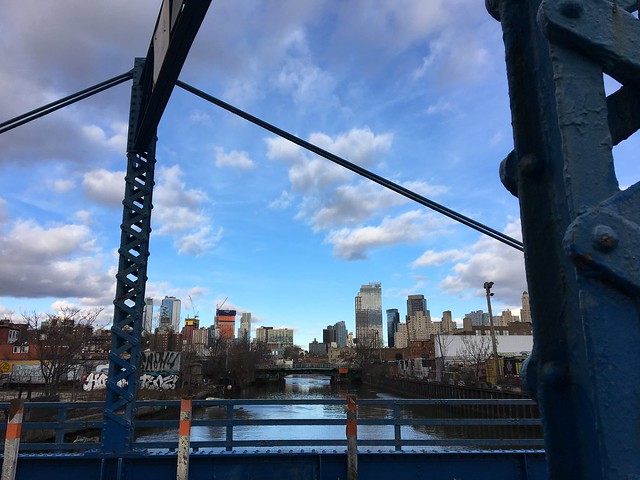


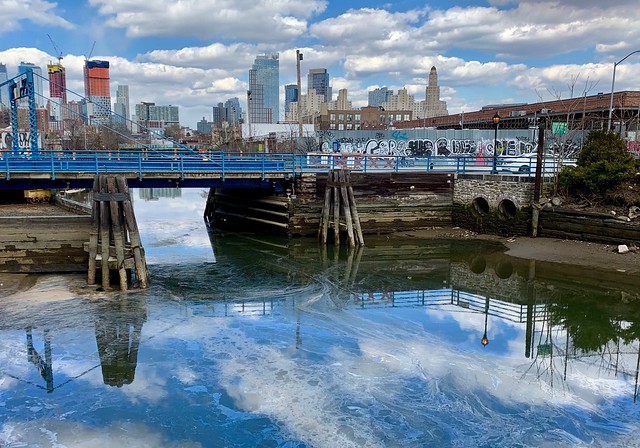

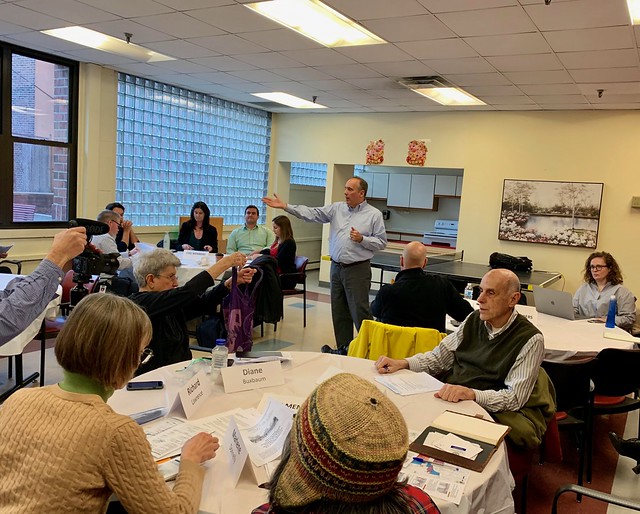
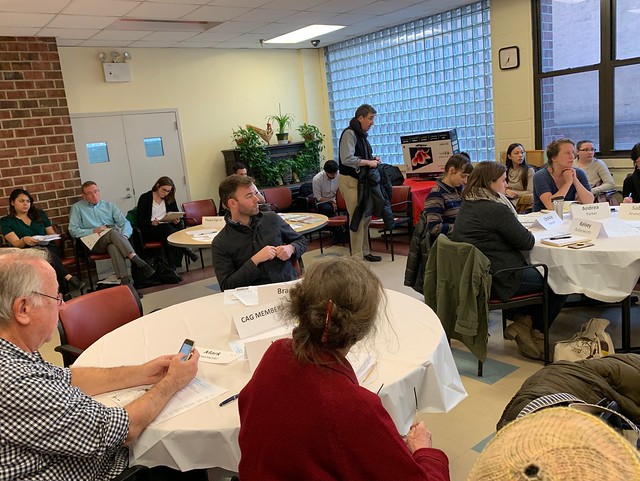
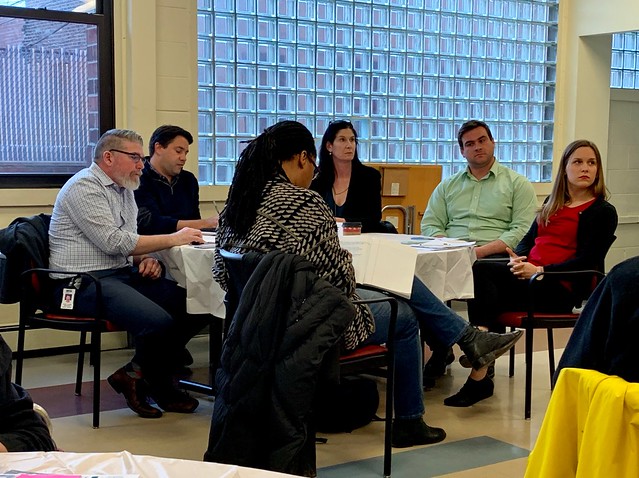
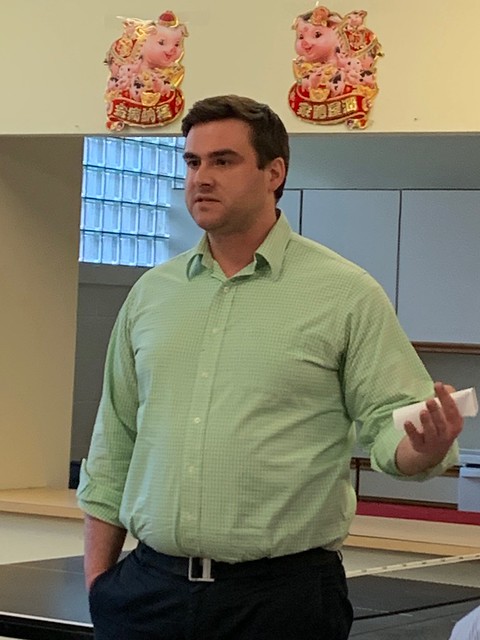
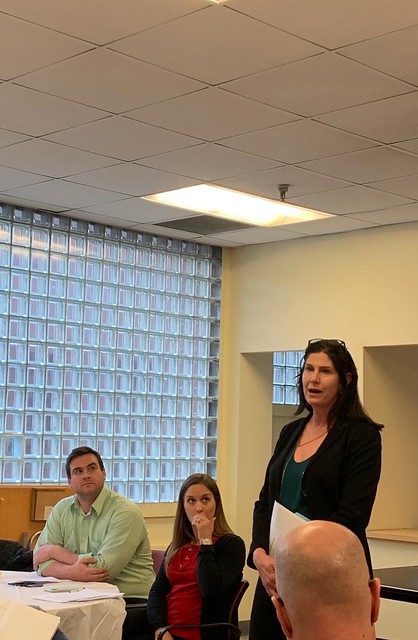
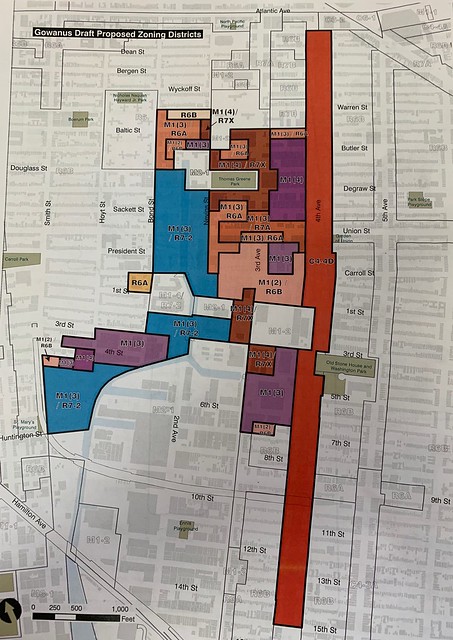
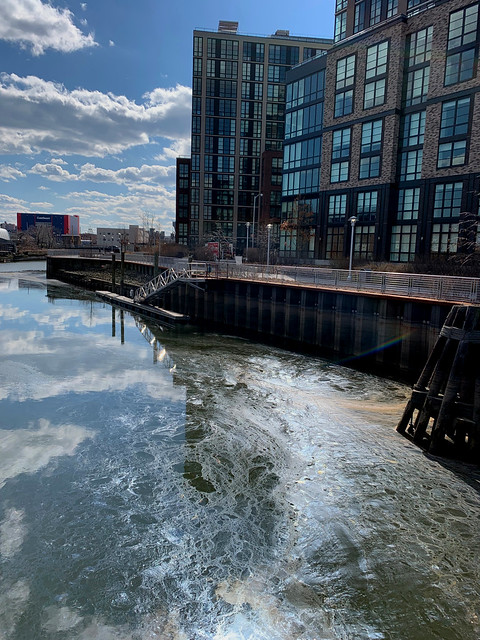
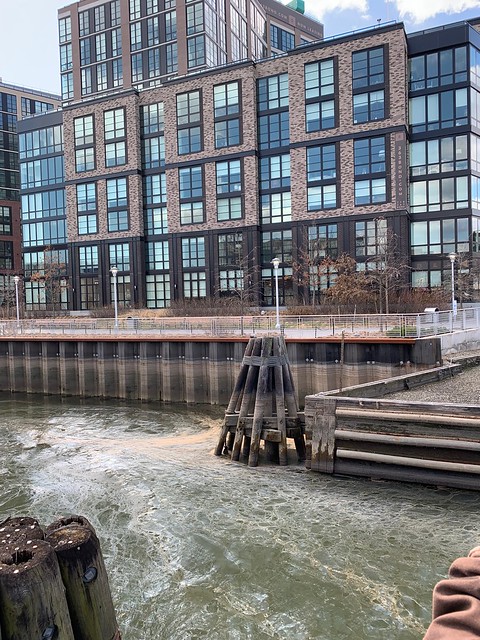
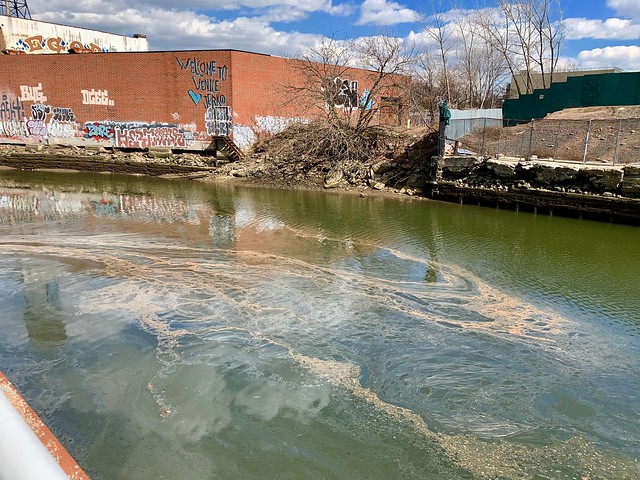
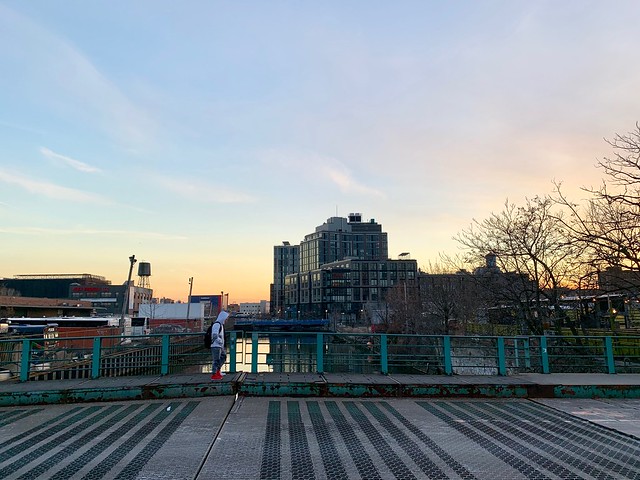
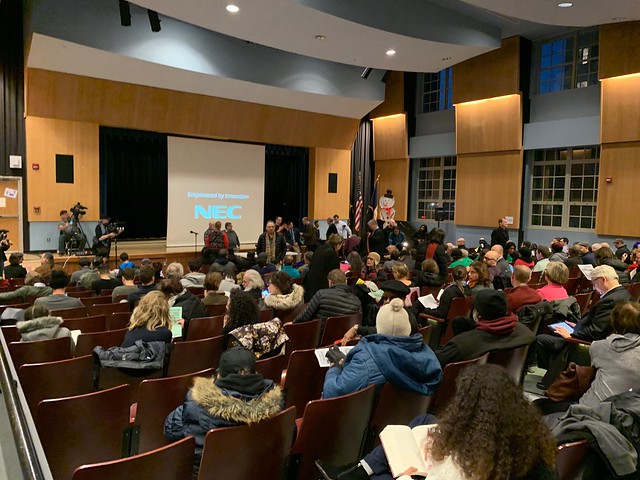
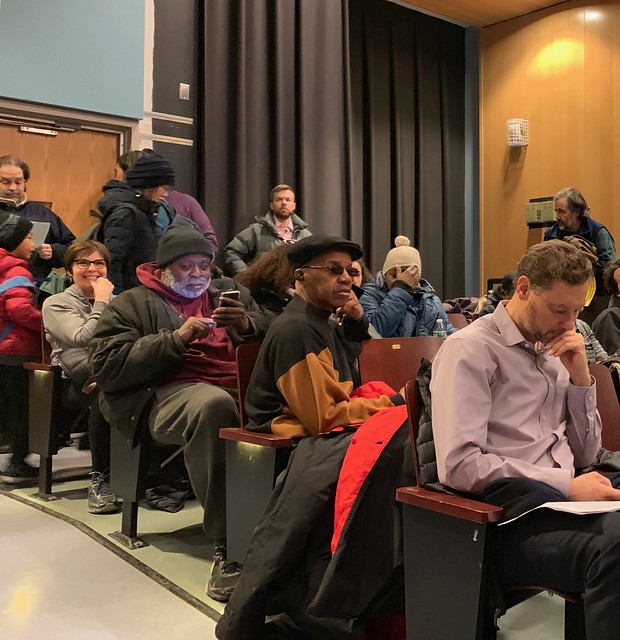
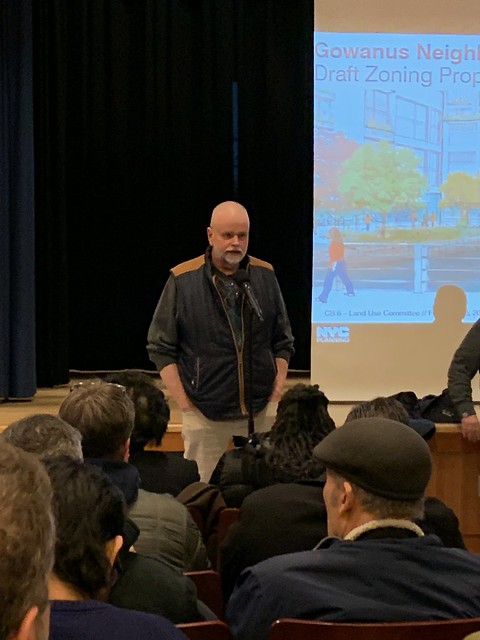
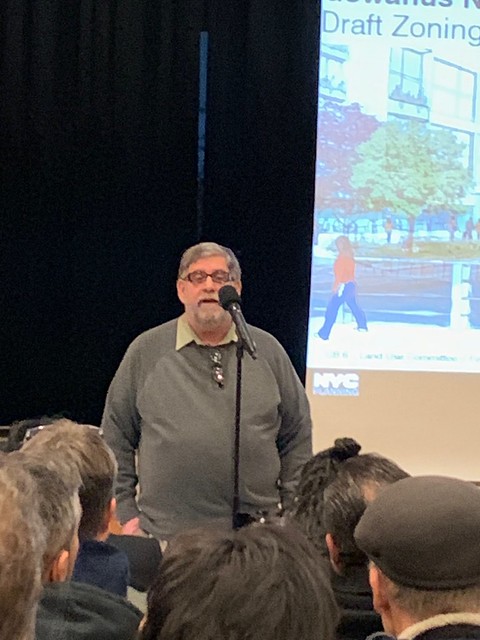
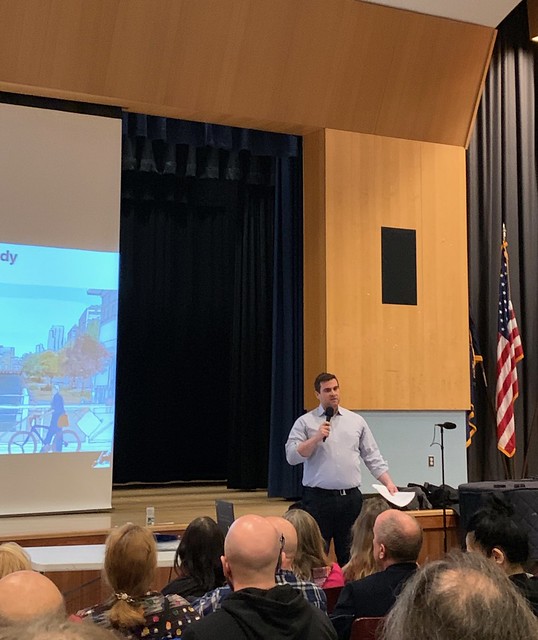
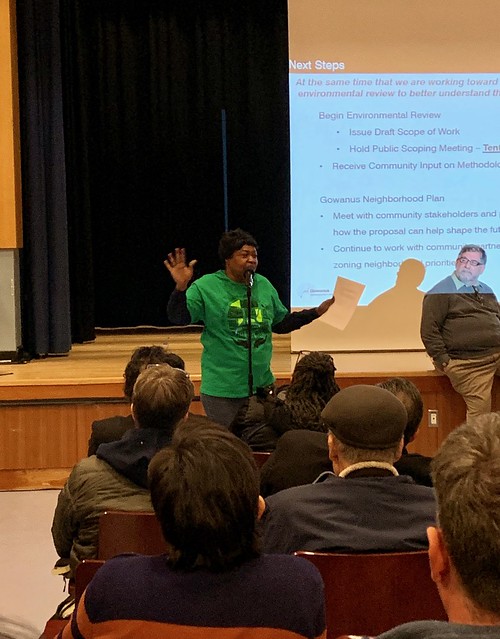
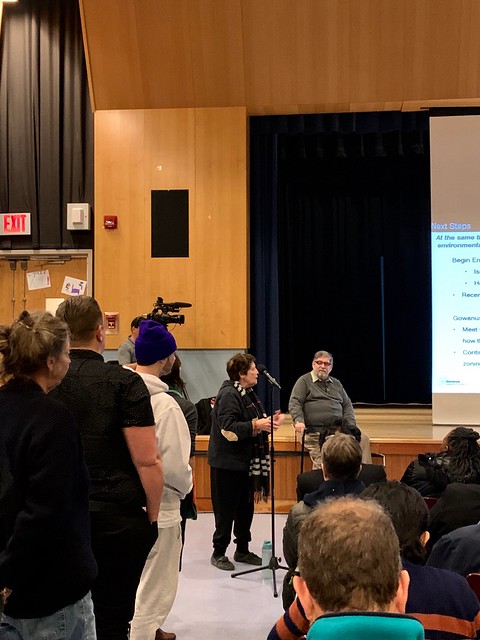



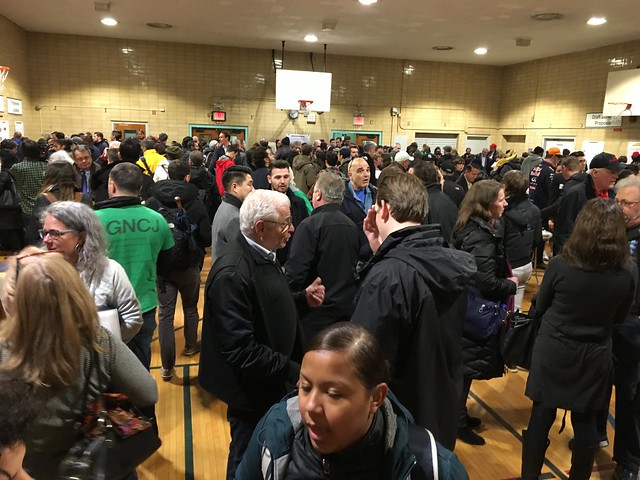
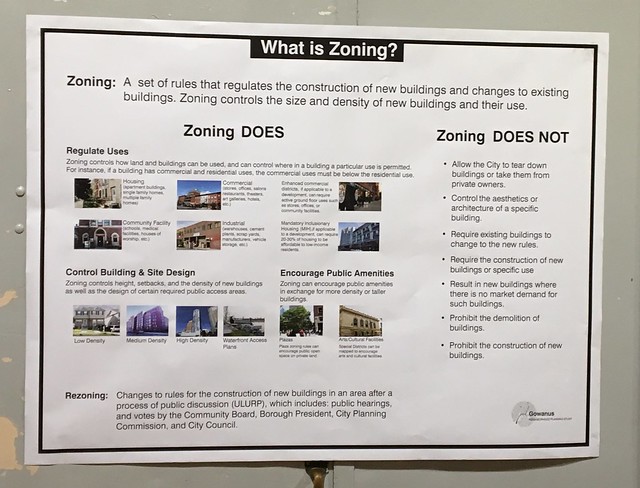




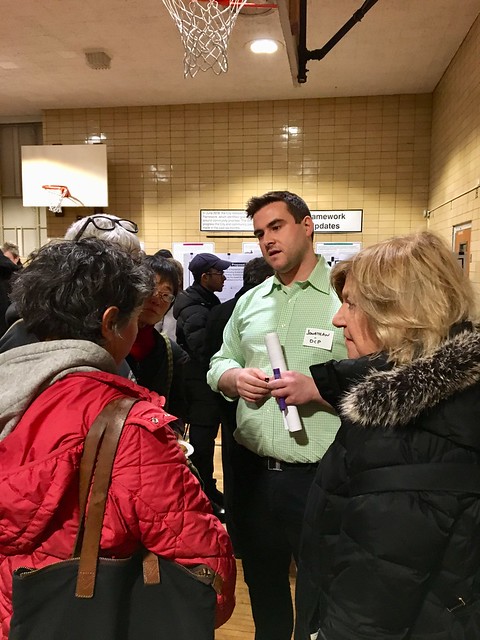

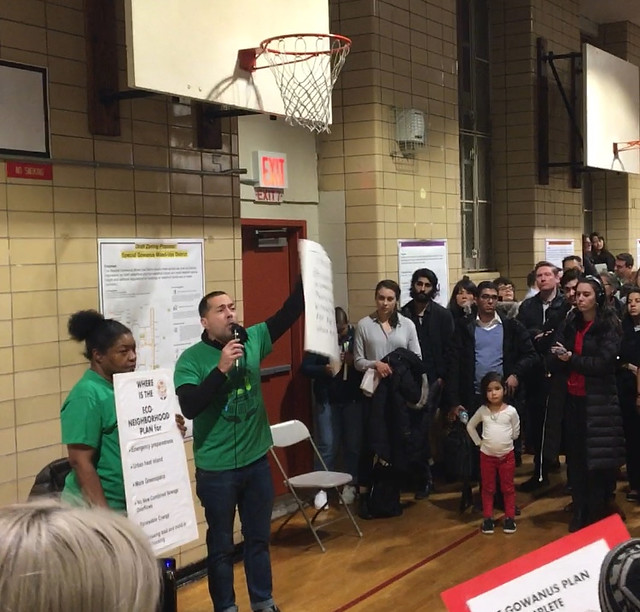
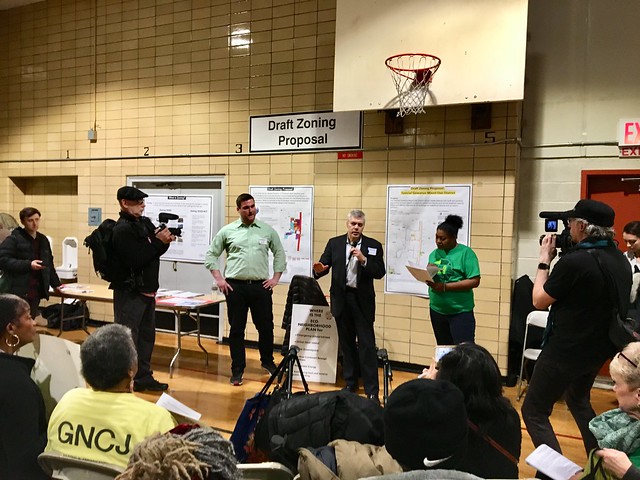
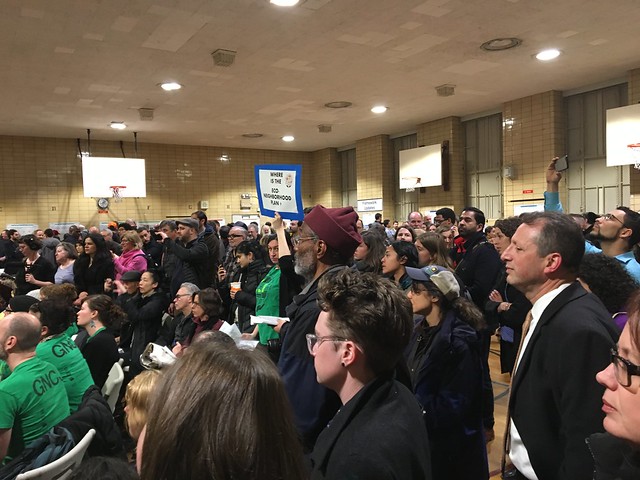









.JPG)
